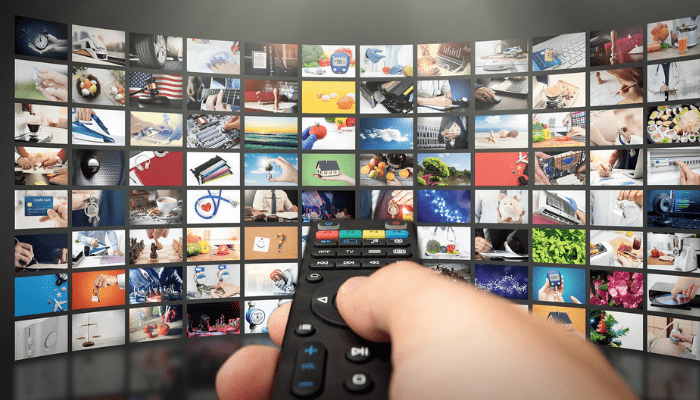From paid subscriptions to free, ad-supported models, Nigeria’s digital media landscape reflects a complex mixture of economic realities, practical limitations and strong cultural preferences. With the recalibration of global markets around the entertainment and media industry from Amazon Prime to Netflix and the others, the truth remains that growth is not guaranteed for those who don’t understand the market.
With a population size of 200 million people, a lot of investors are misled into thinking that Nigeria serves as a streaming goldmine. However, the real audience of a streaming service, those with disposable income, stable internet access and willingness to pay, is a very small segment of that 200 million. This misconception has led to the failure of multiple services in Nigeria that assume that size equals opportunity without the understanding that their addressable audience is way below, with YouTube having about 15% of the total country’s population, which is a free service compared to a paid streaming service.
Subscription-based services, from global (like Netflix and Prime Video) to regional (like Showmax), struggle to scale beyond urban elites. Data costs remain high, and broadband infrastructure is still limited outside major cities. Even when consumers own smart TVs or smartphones, poor internet quality can reduce streaming to a frustrating experience. As a result, these platforms now tailor offerings to smaller, premium audiences seeking exclusivity and convenience, not mass adoption.
YouTube and The Freemium Era
Free, mobile-friendly, and local, YouTube’s model aligns almost perfectly with the viewing habits of the average Nigerian. Its ability to host Nollywood content, support low-data streaming, and reward creators financially has turned it into the default platform for millions. For filmmakers, YouTube offers visibility and monetisation. For viewers, it offers convenience without cost. This dynamic puts pressure on paid services to justify their value beyond access.
Nigerians have a strong passion for Nollywood, as seen in their interest and participation in both box office successes and viral YouTube videos, as local storytelling captivates audiences. Streaming platforms have sought to profit by commissioning original content or licensing Nollywood films. However, high production costs, piracy, and unpredictable returns make this a risky venture. As a result, many services now favour licensing established films over financing new, untested projects.
Nigeria’s streaming market isn’t broken; it’s simply misunderstood and misrepresented. Success is sure when you study patterns and trends here in Africa and tailor your services to match. Free platforms like YouTube flourish due to their accessibility and familiarity. Paid services need to be selective, local, and affordable to succeed. For investors and creators, the future will reward platforms that align decisions with real-world usage, income realities, internet infrastructure, and Nollywood’s cultural resonance.








